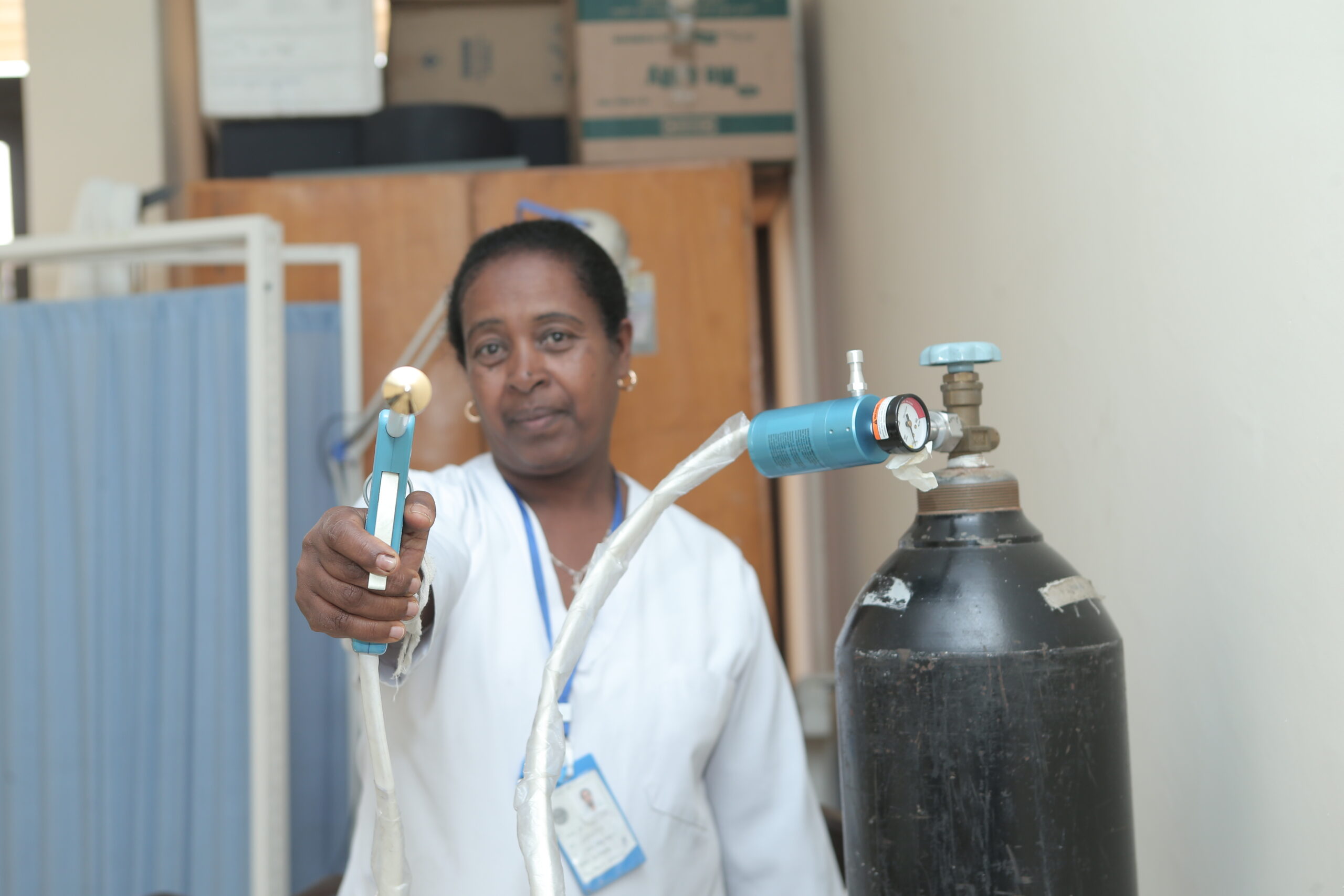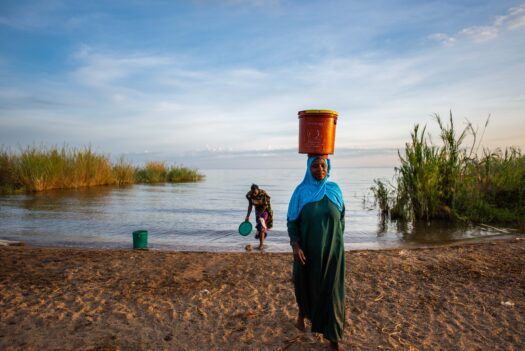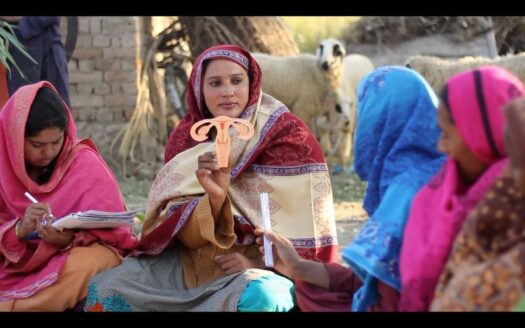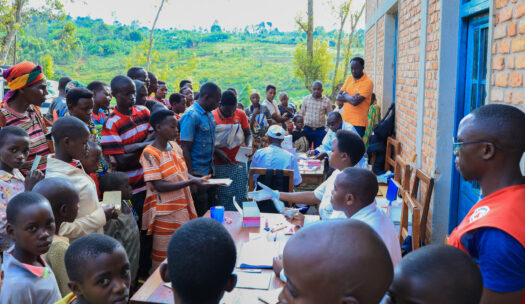An interview with Cervical Cancer Prevention Project Manager Konjit Kassahun
For more than 10 years, Pathfinder has worked on programs to screen and treat cervical cancer in Ethiopia. Cervical cancer is the fourth most common cancer among women globally, with an estimated 570,000 new cases and 311,000 deaths annually. This type of cancer is highly preventable, but poor access to preventive, screening, and treatment services contributes to 90% of deaths.
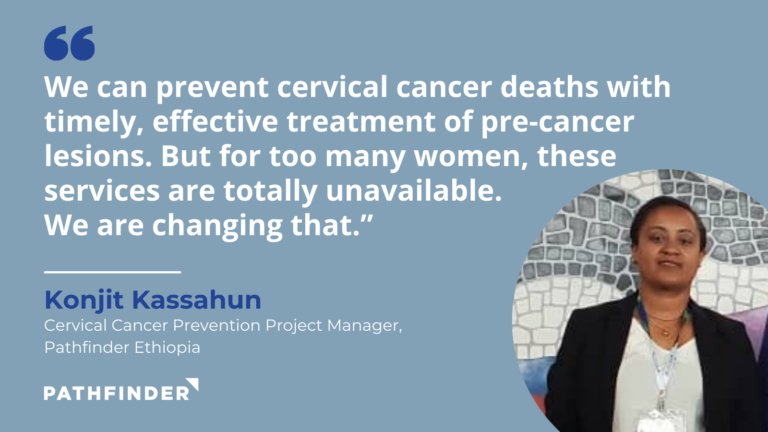
Women living with HIV are four times as likely to develop cervical cancer, and are prioritized in Pathfinder’s program work. Pathfinder strengthens the national capacity of Ethiopia to support comprehensive facility-based services through; building the capacity of health facilities and health care providers to screen for cervical cancer and treating women who screen positive for cervical pre-cancer; promoting community awareness of cervical cancer prevention; and establishing strategic alliances and partnerships to expand service use.
Q: Tell us a bit about Pathfinder’s Cervical Cancer program in Ethiopia:
Our cervical cancer work started in 2009, under an award from the Center for Disease Control and Prevention (CDC) that received PEPFAR funding.
We collaborated with the Ethiopian Ministry of Health and were technically supported by Stanford University Program for International Reproductive Education and Services (SPIRES). At the time, we focused solely on HIV positive-women, as they are at a significantly increased risk for cervical cancer. The success was encouraging, and we were recognized by the Ethiopian Ministry of Health for the work.
By 2015, the implementation lessons and the national capacity built from this program led the Ethiopian Ministry of Health to scale up the program nationally. The Ministry of Health specifically requested to the CDC that Pathfinder continue supporting the MOH during the scale-up of the program. The national scale-up of the program was spearheaded by the then first lady, Roman Tesfaye. After that year, our reach grew, and we began a two-year long network program through five countries (Nigeria, Mozambique, Burundi and Tanzania), using Ethiopia as a hub for training and knowledge transfer for high-impact and promising practices in Cervical Cancer Prevention (CCP).
The project created a Cervical Cancer Prevention Multi-country Network, a system of country programs delivering critical prevention services, with Ethiopia serving as the hub. Through it, we conducted bilateral tours between countries to provide hands-on training and mentoring of skills around the Single Visit Approach (SVA) for cervical cancer prevention, including visual inspection of the cervix with an acetic acid wash (VIA), cryotherapy, and Loop Electrosurgical Excision Procedures (LEEP).
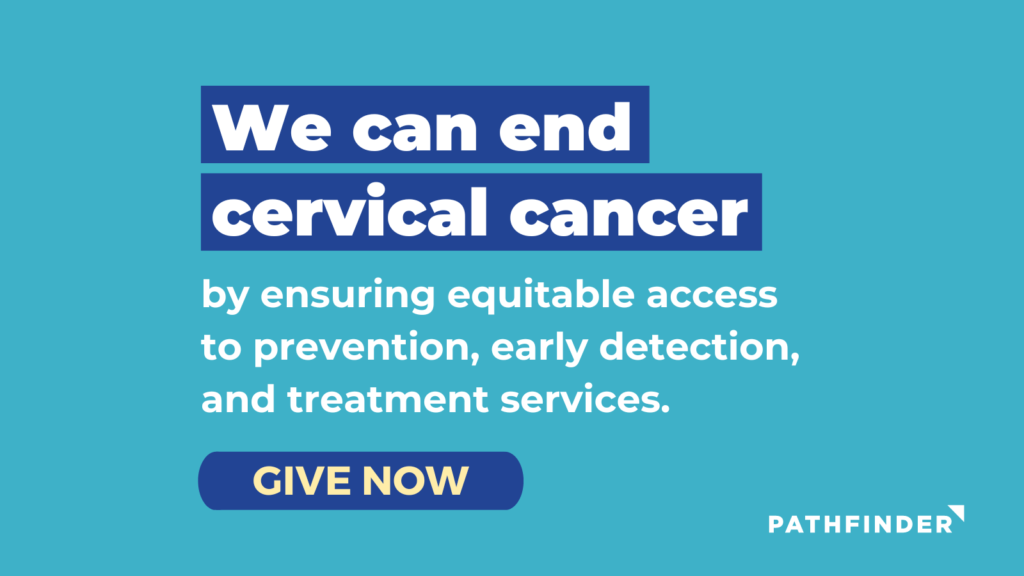
Q: What should women look for to prevent cervical cancer?
There are no early definite signs, which is why every woman who has had sexually activity, between the age of 30-49 years, should be screened. If a woman in this age group has any sexual history, there isn’t need for signs or symptoms – they should simply get checked. Considering their increased risk, HIV-positive women are recommended to start screenings at an earlier age.
Early screening is critical – we must reach women before they have any signs. If they develop signs of cervical cancer, we can be too late. Once the women screen for pre-cancer, treatment is easy at that stage.
Q: What does the work look like, day-to-day?
The World Health Organization recommends different approaches for cervical cancer screenings and early treatment. Historically, ours have been a ‘single visit approach,’ where women come to the health facilities, to screen for cervical pre-cancer. Women screened positive for cervical pre-cancer receive treatment on the spot, with low-cost, low-tech approaches ideal for low-resource settings.
Pre-cancer treatment technologies in use under our program include:
- Cryotherapy treatment: It’s done by putting a very cold temperature on the cells using a compressed gas of carbon dioxide (CO2) or nitrous oxide (N2O) to freeze the cells and then remove them. This gets rid of the bad cells so new, normal cells can grow back in the same spot.
- LEEP: It’s a treatment option for women who have screened positive for cervical pre-cancer with large lesions ineligible for cryotherapy. A small electrical wire loop is used to remove abnormal cells from the cervix.
- Thermal Ablation technology. Technically supported by the University of Texas MD Anderson Cancer Center, we’ve recently introduced this technology to 8 selected public hospitals. Thermal ablation uses heat, cold, microwave and electrical currents to vaporize (ablate) cancer cells and tumors. This treatment option is currently endorsed by WHO and the technology eases some challenges associated with the use of cryotherapy such as filling and re-filling of CO2 or N2O gas, as well as gas cylinder transportation, as the thermal ablation devises are rechargeable.
Q: How long have you been doing this work?
It’s my ninth year working on CCP program with Pathfinder. Beyond the job, I am very emotionally attached to this issue. I see our mothers and sisters suffering – with something that we can easily prevent. Changes the program bring to the health of the women we are serving is a key motivator. CCP work has become beyond a job responsibility for me as a member of the Pathfinder family.
Q: Other things to share?
Though very preventable, cervical cancer continues to claim the lives of about 311,000 women annually worldwide, with over 95% of these deaths are expected to be in low and middle-income countries, where its tragedy is particularly stark. Unlike many other cancers, cervical cancer is mostly preventable because of the slow progression of cervical pre-cancer to cervical cancer – there is a window of up to ten years or more to detect and treat pre-cancerous lesions and prevent their progression to invasive cancer.
But for women who don’t have the opportunity to get screened, once it advances to the cancer stage, it is a devastating disease. It affects everyone: the women, family, and the nation. Cervical cancer programs are ‘high payback,’ and by doing these screenings, we save many lives.
The significant burden of mortality and morbidity from cervical cancer and the associated suffering and stigma experienced by women, families and communities, particularly in low- and middle-income countries is deeply concerning. So, let us put our hands together for the prevention of this disease and contribute towards the WHO’s recent promise to lead the way towards the elimination of cervical cancer as a public health concern by 2030.
Learn about our newest project, Scale-up of Cervical Cancer Prevention Services in Ethiopia.
